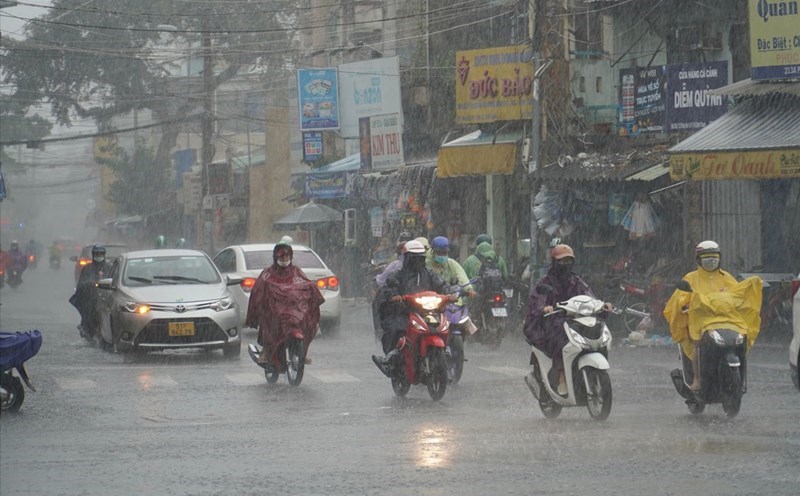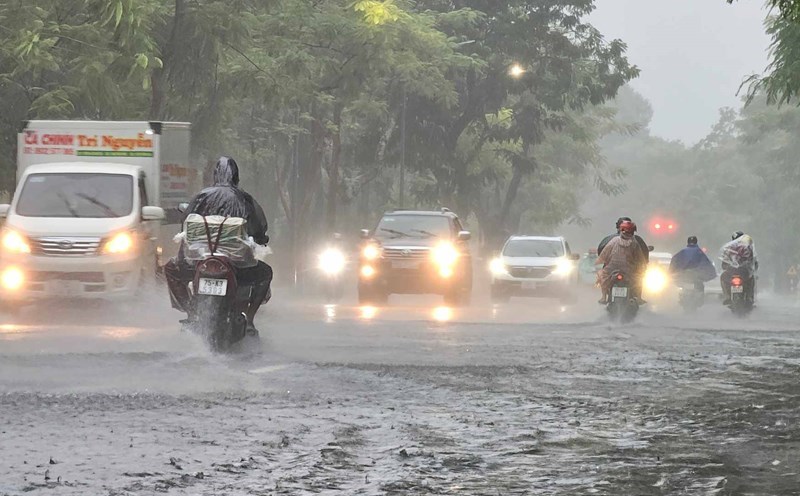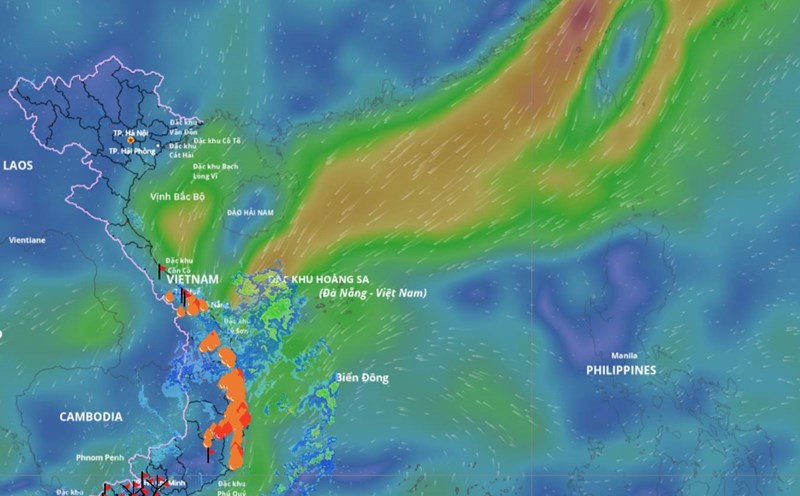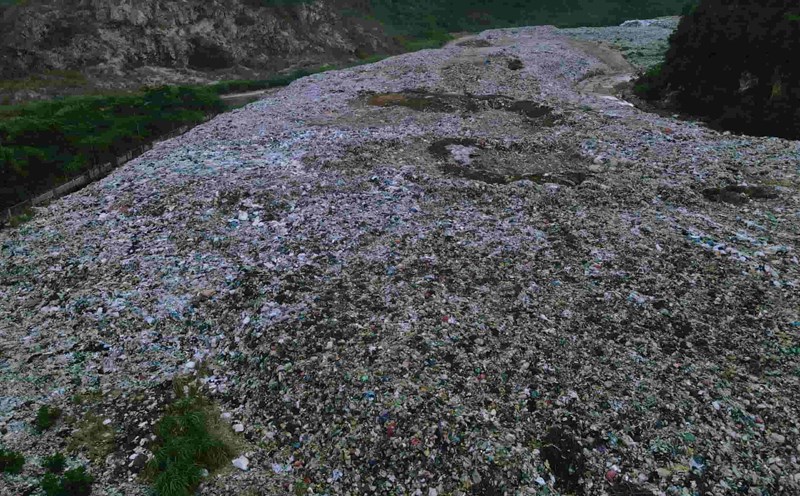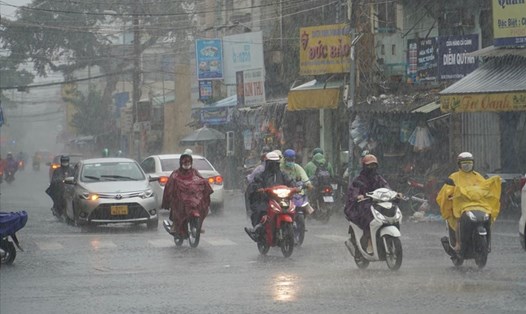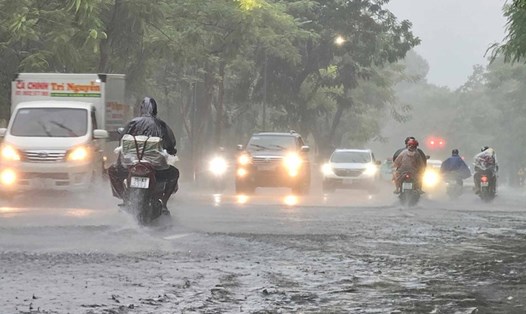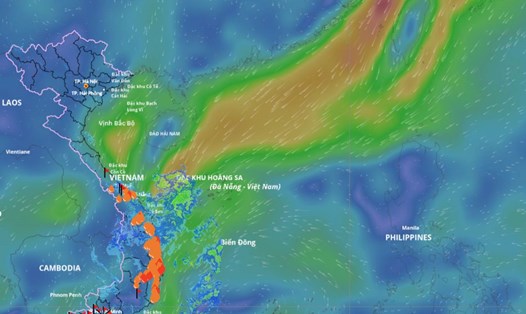So the urgent problem now is urban areas, how to plan and re-planning to minimize the level of damage caused by natural disasters?
In fact, for decades, most urban areas in Vietnam have still planned and designed drainage infrastructure, regulating lakes, and underground sewers according to the average rainfall standards of 100-150mm/hour. But now, in just a few hours, the rainfall in Hue or Da Nang can exceed 300mm, 500mm, even 900mm. Especially in Bach Ma of Hue, the rainfall measured on October 27 at times reached more than 1,734mm.
Another basic reason is that most urban areas, downstream of rivers, low-lying areas and ponds - which were previously left empty to function as "reservoirs", should have been kept as natural drainage areas, are gradually being filled by residential areas and commercial projects. In particular, the process of concreting has almost disappeared the ability to absorb water naturally.
The sewer system in localities, despite being continuously renovated for thousands and tens of thousands of billions of VND, still cannot keep up with the speed of urbanization. As a result, with just one extreme rain, a series of central areas were submerged in water, causing economic damage and widespread disruption to daily life. To adapt to new weather conditions, there is no other way, urban areas must place drainage planning on par with population and traffic planning. New housing and urban area projects must be planned to connect synchronously with the general drainage system, avoiding the situation where everyone is doing it as they have been doing for a long time.
The new weather standard also poses another urgent requirement: local authorities and people who regularly live in disaster areas must be proactive and improve response capacity, from forecasting, warning, management to mobilizing on-site forces.
The command system for natural disaster prevention and control from the provincial, urban to communal and ward levels must operate substantially, with scenarios ready for each level of rain, flood, and inundation to aim at minimizing risks, damage, especially damage to human life.
When climate change blurs the line between normal and abnormal, proactively facing floods is not only a response to overcome difficulties and disasters, but also a way to develop sustainably.The new weather standard will be a test of the adaptability, planning vision and operational capacity of local governments.And if we cannot improve our response capacity, we will continue to witness record-breaking rains...
not only in terms of water content, but also in terms of damage.

